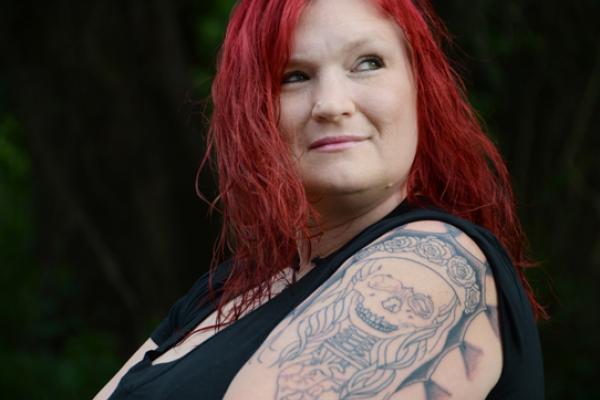May 7, 2015
Unlike Christianity, Judaism, and Islam, historically all led by men, or the philosophies of the East such as Buddhism where male scholars and monks dominate, folk religions — close to village or tribe or ancestry — are often practiced and led by women.
Santa Muerte expert Andrew Chesnut, professor of religious studies at Virginia Commonwealth University and author of a book on the Mexican folk religion, Devoted to Death, calls it “the fastest-growing New Religious Movement in the Americas,” with more than 10 million followers.
Read the Full Article

Already a subscriber? Login
